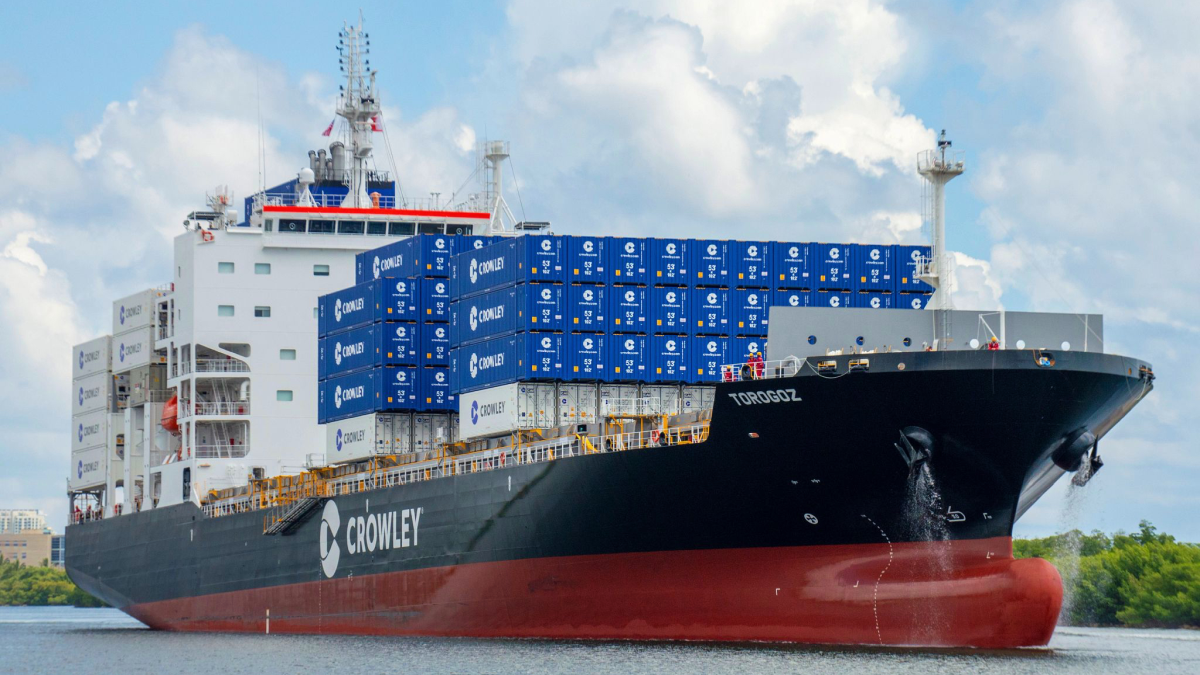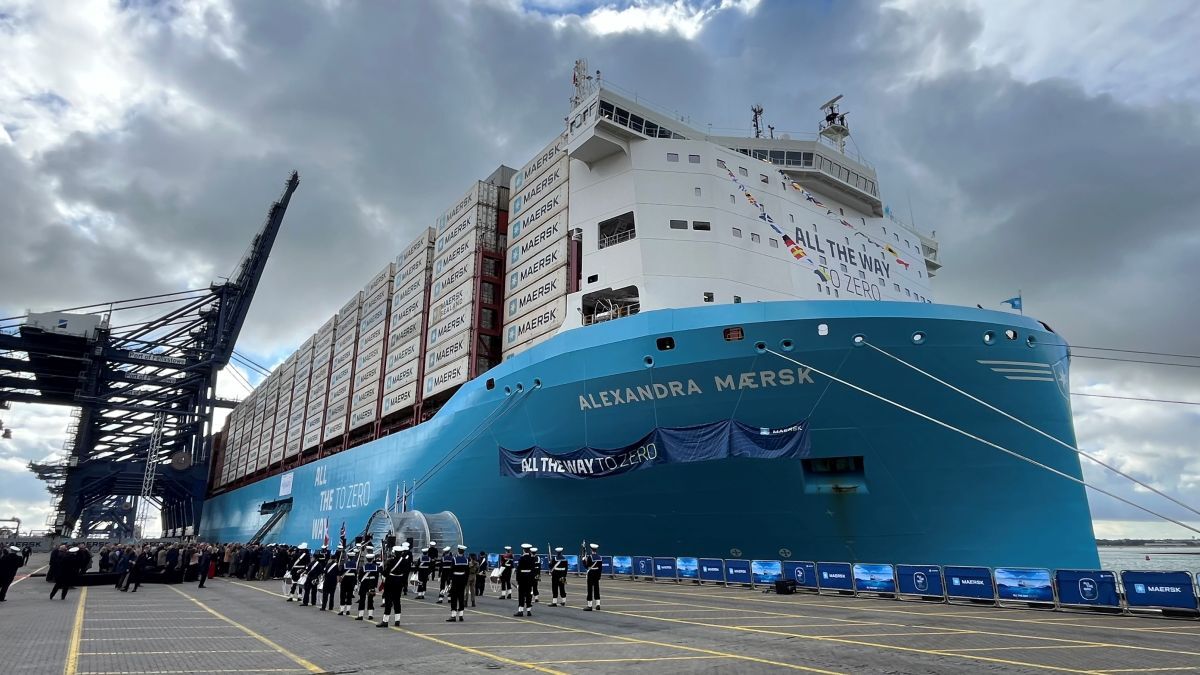Business Sectors
Events
Contents
Register to read more articles.
New queuing process introduced at Ports of LA and Long Beach to ease bottlenecks
Beginning 16 November, the two busiest container ports in the United States will begin a new process that will have container ships waiting at least 240 km from shore
The new process was designed by industry stakeholders including the Pacific Merchant Shipping Association (PMSA), Pacific Maritime Association (PMA) and the Marine Exchange of South California and is aimed at reducing the backlog of ships at anchor close to shore near the ports of Los Angeles and Long Beach.
In a statement, the organisations said the new procedures respond “to the historic supply chain congestion that continues to slow trade at the twin ports, North America’s largest maritime gateway.”
“This process will allow vessels to slow their speed and spread out, reducing vessels at anchor before the onset of winter weather, in addition to reducing emissions near the coastline.” The organisations added that the process will not apply to ships currently in the arrival queue.
Ships will be assigned a place in the arrival queue based on their departure time from their last port of call in contrast to the present system where ships enter the queue based on when they cross a line 20 nautical miles from the San Pedro Bay Port Complex.
The new process sees incoming container ships arriving from across the Pacific to wait for an available berth 240 km off the southern California coast, rather than at anchor in designated anchorages or in loitering areas. The 240-km boundary only applies to eastbound ships, while northbound and southbound ships must wait a 64-km distance from the shore.
PMA chief executive Jim McKenna commented, “Designed through strong collaboration between PMA, PMSA and Marine Exchange of Southern California, this new procedure will improve air quality while helping ensure ports operate as efficiently as possible.”
“The new container vessel queuing process creates a fair and transparent system to reduce vessels at the anchor near the Ports of Los Angeles and Long Beach.”
PMSA president John McLaurin added, “This system delivers a pragmatic solution through order and predictability that will reduce the number of ships idling off the coast in the coming months, improve safety and support the efficient movement of container-based goods.”
Congestion at the twin ports of Los Angeles and Long Beach has reached record highs in recent weeks with Bloomberg reporting that the queue (both at anchor and in a holding zone) rose to 83 ships on 12 November pipping the earlier record of 81. The newly passed US infrastructure bill includes billions in funding to help ports across the United States modernise and improve the supply chain congestion in the short term.
Related to this Story
Events
Offshore Support Journal Conference, Americas 2025
LNG Shipping & Terminals Conference 2025
Vessel Optimisation Webinar Week
© 2024 Riviera Maritime Media Ltd.














